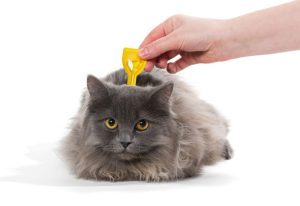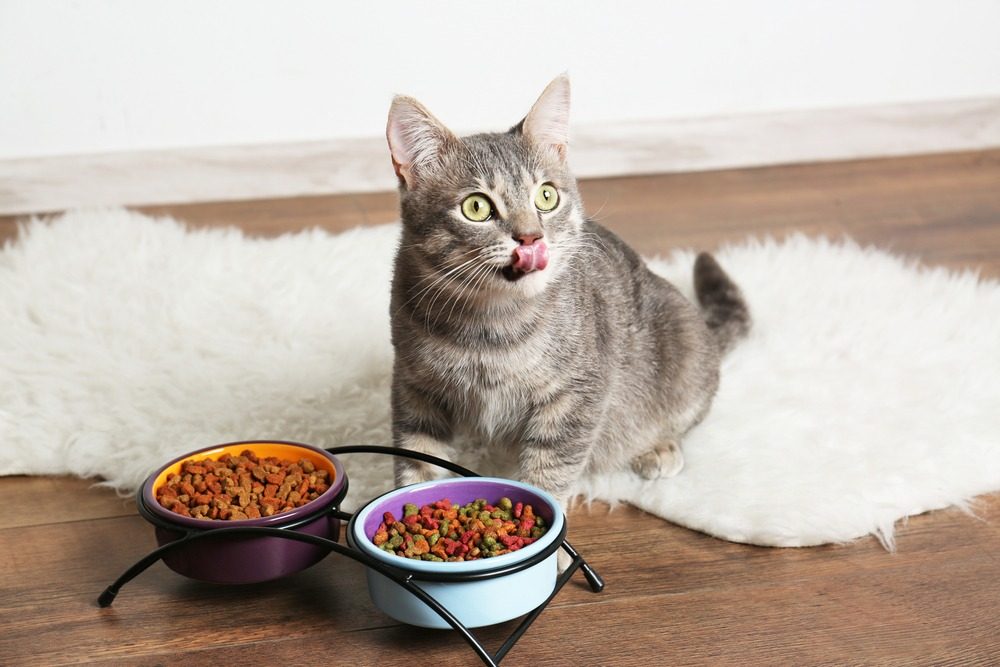Pet nutrition - the basics
The Pet Care Essential: Why You Need a Regular Pet Flea Treatment Subscription
Fleas, the minuscule hitchhikers that can make your pet’s life miserable, are a common nuisance that can escalate into a full-blown health concern if left unchecked. The good news is that this distress can be averted easily through a regular flea treatment subscription service.
What is a Flea Treatment Subscription?
Think of a flea treatment subscription as a continuous protective shield for your pet. This service delivers vet-approved flea treatments, personalised to your pet’s specific needs, straight to your doorstep at predetermined intervals. Be it topical treatments, oral medications, or flea collars, the idea is to maintain an unwavering defense against fleas, ensuring your pet remains comfortable, healthy, and, most importantly, flea-free.

Benefits of Subscribing to Regular Flea Treatment
Subscribing to a regular flea treatment service offers a plethora of benefits.
- Prevents Flea Infestations: A regular flea treatment regimen disrupts the life cycle of fleas, preventing an infestation from taking hold in your home. If left unchecked, flea infestations can turn your pet’s life into a scratching spree, and you may end up needing costly professional pest control services.
- Protect Your Pet’s Health: Fleas are not just a nuisance. They can cause serious health problems, including flea allergy dermatitis, anemia, and even the transmission of tapeworms. Regular flea treatments can play a crucial role in minimising these risks and thereby promoting your pet’s overall well-being.
- Saves Money in the Long Run: While you might perceive a subscription service as an added expense, it is often cheaper than the cost of curing a full-blown infestation. The costs associated with treating an established flea infestation, such as repeated vet visits, various medications, and potentially home pest control services, can quickly add up. Regularly scheduled treatments can help you avoid these unexpected costs.
- Convenient and Hassle-Free: What could be more convenient than having flea treatments regularly delivered to your home? A subscription service saves you from the stress of remembering to buy treatments, ensuring you’re always prepared to protect your pet.
How Our Subscription Works
Our flea treatment subscription service is designed to be simple and convenient. Here’s how it works in four simple steps:
- Choose your plan: We offer a variety of plans to accommodate your pet’s needs and your budget.
- Provide your pet’s information: We need to know your pet’s species, breed, weight, age, and any existing health conditions to personalise the treatments.
- Review your plan: Our vets will review your plan to ensure it’s the perfect fit for your pet.
- Start your subscription: Your customised flea treatments will be delivered straight to your doorstep on a regular schedule.
Here's more about our subscription service:
Satisfaction Guarantee: We stand behind our service. If you’re not satisfied, you can cancel your subscription anytime.
Commitment to Pet Health: Our team of vets is always available to answer your queries and help you choose the right treatment for your pet.
Convenience and Affordability: Our subscription plans are designed to be straightforward and easy on your budget.
Start safeguarding your pet from pesky fleas today! Sign up for our flea treatment subscription and give your furry friend the protection they deserve.








